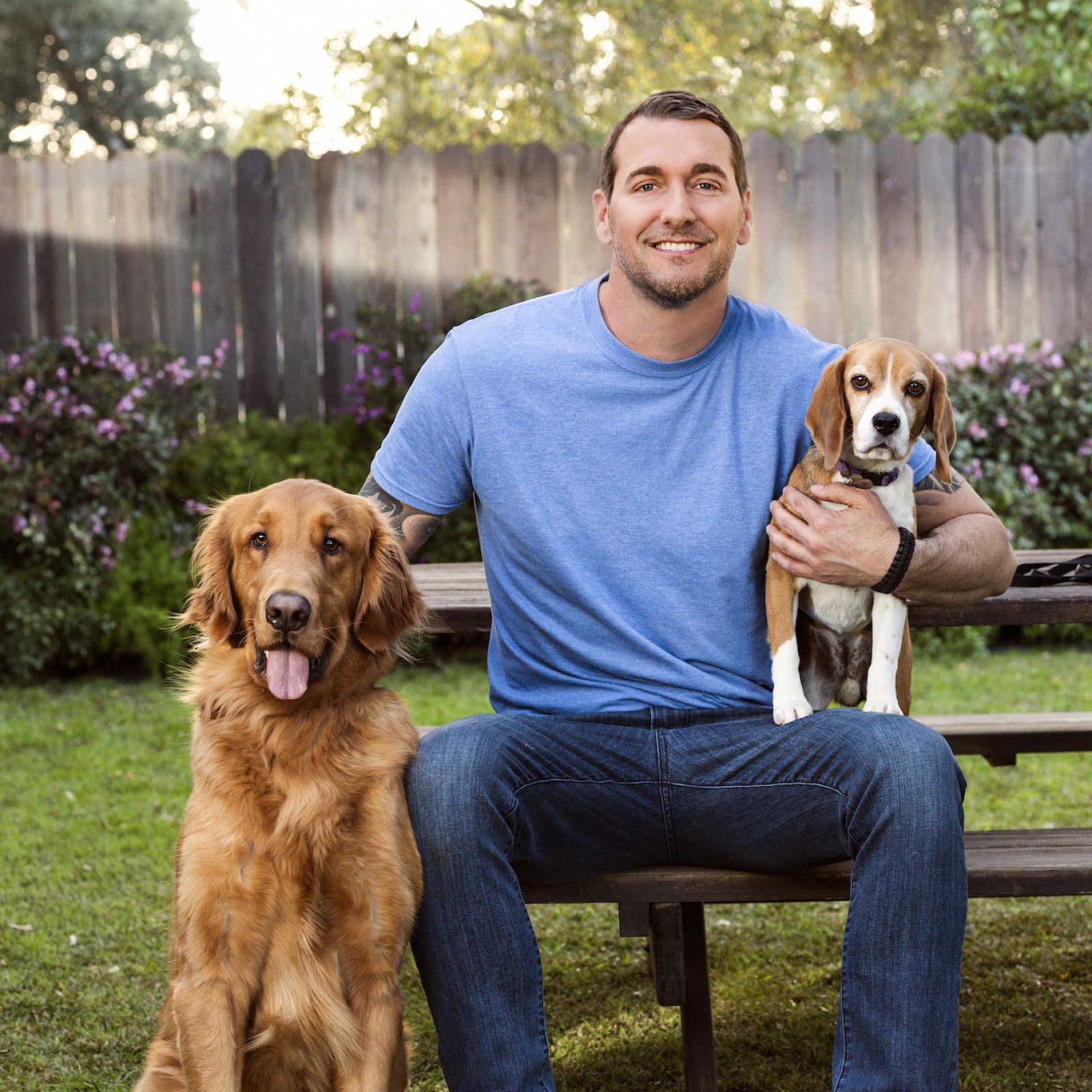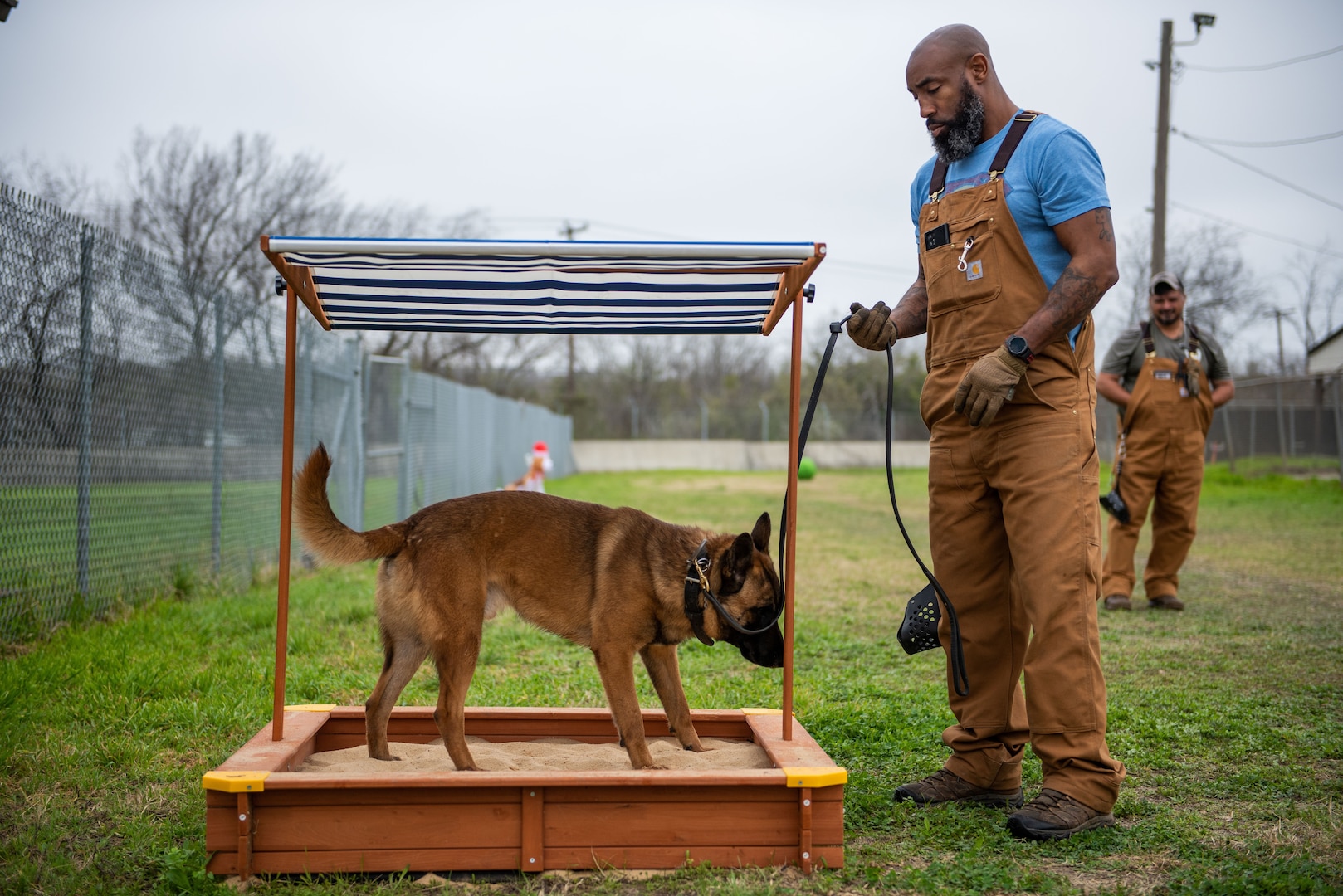Top Strategies for Effective Dog Training Techniques Every Pet Owner Should Know
Top Strategies for Effective Dog Training Techniques Every Pet Owner Should Know
Blog Article
Transform Your Canine's Behavior With Proven Training Approaches
Changing your canine's actions requires a nuanced understanding of their specific characteristics and demands, as well as the application of tried and tested training techniques. Consistency in your training method not just boosts obedience but additionally fosters a much deeper bond of trust and respect in between you and your pet.
Recognizing Pet Behavior
Comprehending pet behavior is essential for efficient training and interaction in between humans and their canine companions. Dogs, as social animals, show a range of behaviors influenced by genetics, setting, and experiences - Dog training. Recognizing these behaviors assists proprietors customize their training approaches to meet the particular requirements of their pets
Key aspects of canine habits consist of body language, articulations, and social interactions. Furthermore, socialization plays a vital duty in forming behavior; dogs that interact favorably with various other animals and various individuals are normally much more adaptable and well-adjusted.
Additionally, acknowledging tension signals-- such as pacing, avoidance, or panting actions-- can stop acceleration into a lot more major issues. Proprietors who are in harmony with their pet dog's behavior can develop a risk-free and caring environment, promoting count on and boosting the training process. Inevitably, a deep understanding of canine habits lays the foundation for an unified relationship and efficient training end results, making certain both pets and their proprietors flourish together.
Favorable Support Methods
Positive support methods are widely acknowledged as one of one of the most efficient methods for training pets, promoting a positive discovering setting. This strategy includes gratifying wanted behaviors with deals with, praise, or play, consequently encouraging the pet to duplicate those behaviors. Unlike revengeful approaches, positive reinforcement develops trust fund and strengthens the bond in between the fitness instructor and the dog.
To apply positive support efficiently, timing is crucial. Benefits should be provided quickly following the wanted behavior to assist the dog make the connection. Uniformity is also crucial; using the very same commands and incentives assists the pet dog understand what is expected. Furthermore, differing the incentives can maintain the dog engaged - Dog training. Rotating in between treats, toys, and verbal appreciation can keep interest and motivation.
It is necessary to keep in mind that positive reinforcement is not about bribery; instead, it is concerning enhancing etiquette. With time, as the pet finds out to link specific actions with favorable end results, the regularity of incentives can be progressively lowered, transitioning to spoken appreciation or recurring incentives. This approach not just motivates obedience however likewise promotes a pleased and positive dog, making training a more enjoyable experience for both parties involved.
Addressing Usual Concerns
Attending to typical issues during pet training is essential for ensuring a effective and unified connection between the pet and its proprietor. Lots of canine owners encounter behavior obstacles, such as extreme barking, jumping, and leash drawing. Recognizing the origin of these behaviors is critical for reliable training.
To reduce this, offer enough physical exercise, psychological stimulation, and chances for social communication with both human beings and other pet dogs. Training the dog to rest upon welcoming can reroute this behavior positively.
Leash pulling is an additional common problem, regularly resulting from a pet dog's enthusiasm to check out. Utilizing appropriate leash dealing with strategies, combined with training methods that motivate loose-leash strolling, can considerably boost this habits.
Furthermore, concerns like source securing or separation stress and anxiety call for customized techniques. Progressive desensitization and counter-conditioning can be efficient in addressing these obstacles. By identifying and proactively handling these typical concerns, canine owners can foster a more delightful training experience and enhance the bond with their canine buddies.
Uniformity in Training

To achieve uniformity, it is crucial that all members of the house stick to the same training approaches. Using the very same spoken hints and hand signals ensures that the pet obtains consistent messages. In addition, the timing of improvements and rewards need to correspond; instant reinforcement enhances the chance that the canine will associate the habits with the outcome.
Routine technique sessions, coupled with structured schedules for feeding, strolling, and play, aid dogs expect and comprehend their setting, making them more receptive to training. Inevitably, uniformity fosters a sense of protection and trust, equipping canines to find out more efficiently.
Building a Strong Bond
How can fostering a strong bond between a dog and its owner enhance the training experience? A strong partnership improved depend on and regard works as the foundation for reliable training. When a pet really feels safe and secure in its link with its owner, it is most likely to display positive behaviors and be receptive to finding out. This bond urges the pet to involve completely in training click for source sessions, as it checks out the owner as a source of advice and assistance.
Moreover, a strong bond promotes much better communication. Dogs are experienced at checking out human cues, and a relying on relationship permits clearer signals throughout training. Owners who spend time in building this bond via play, socialization, and favorable support create an atmosphere where pets feel eager and determined to learn.
In addition, a well-established link can decrease anxiousness and behavioral concerns, as canines are less likely to act out when they feel understood and taken care of. As a result, prioritizing the advancement of a solid bond not only enhances the training experience yet also adds to a better and much more well-adjusted pet. Inevitably, the journey of training transforms right into a joint partnership, bring from this source about lasting behavioral enhancements.
Final Thought

Proprietors that are attuned to their pet dog's habits can create a safe and nurturing environment, cultivating trust and improving the training process. Inevitably, a deep understanding of canine actions lays the foundation for an unified partnership and reliable training results, making sure both pet dogs and their owners thrive with each other.
Attending to usual problems during dog training is important for ensuring a harmonious and effective connection between the canine and its proprietor.Uniformity is a cornerstone of reliable pet dog training, as it establishes a clear structure for the canine to comprehend actions and expectations.In conclusion, changing a dog's actions through confirmed training approaches calls for an understanding of canine habits, the application of favorable reinforcement strategies, and a focus on uniformity.
Report this page